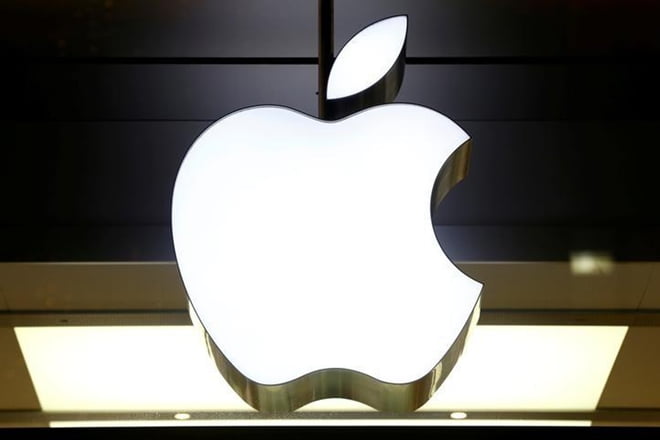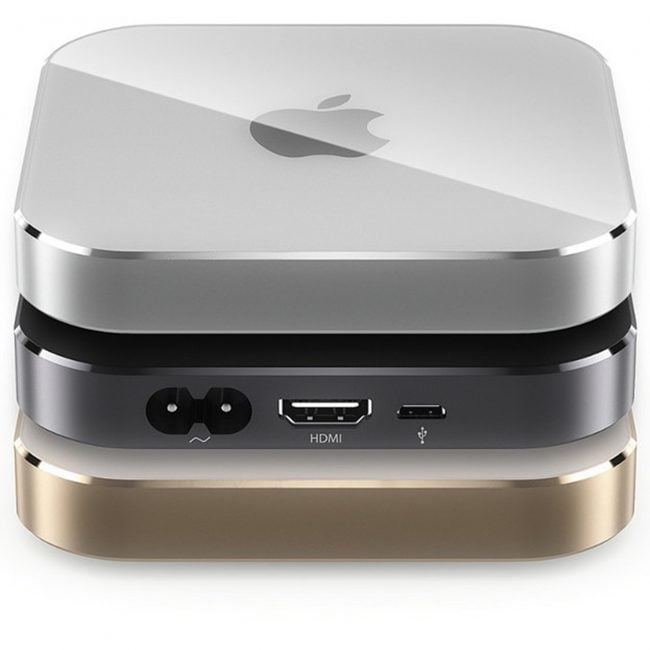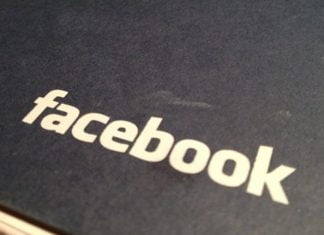Most of the employees of Apple have moved into the glistening new $5 billion glass headquarters in the Cupertino, California this year. In a quiet corner of the third floor, Apple is building the newsroom of sorts.

About a dozen former journalists have filled a few nondescript offices to do what many other tech companies have for years left to software: selecting the news that tens of millions of people will read.
One morning in late August, Apple News’ editor-in-chief, Lauren Kern, huddled with a deputy to discuss the five stories to feature atop the company’s 3-year-old news app, which comes preinstalled on every iPhone in the United States, Britain and Australia.
ALSO READ: Third Biggest Home for the startups globally: Bangalore
National news sites were leading that day with articles that the Justice Department had backed an affirmative-action lawsuit against Harvard University — a good proxy that the story mattered, said Kern’s deputy, a former editor for The New York Times whom Apple requested not be named for privacy reasons.
He and Kern quickly agreed that it was the day’s top news, and after reading through a few versions, selected The Washington Post’s report, saying it provided the most context and explanation on why the news mattered.
Another story drawing wide coverage: racial barbs on the first day of the Florida governor’s race. Kern and her deputy said they wanted a piece that covered the topic thoughtfully because race is a sensitive subject. They selected a nuanced Miami Herald piece that examined the comments, their context and the debate about them.
They also later picked a CBS News video of John McCain’s memorial service, an SB Nation story on Serena and Venus Williams facing off in the US Open, and a Bloomberg feature on 20-hour flights. Kern said her team aimed to mix the day’s top stories with lighter features and sometimes longer investigations, much like the front page of a newspaper.
They largely chose from a list of contenders compiled that morning by three editors in New York who pored over the home pages and mobile alerts of national news sites, as well as dozens of pitches from publications.
“We put so much care and thought into our curation,” said Kern, 43, a former executive editor of New York magazine. “It’s seen by a lot of people, and we take that responsibility really seriously.”
Apple has waded into the messy world of news with a service that is read regularly by roughly 90 million people. But while Google, Facebook and Twitter have come under intense scrutiny for their disproportionate — and sometimes harmful — influence over the spread of information, Apple has so far avoided controversy. One big reason is that while its peers rely on machines and algorithms to pick headlines, Apple uses humans like Kern.

The former journalist has quietly become one of the most powerful figures in English-language media. The stories she and her deputies select for Apple News regularly receive more than 1 million visits each.
Their work has complicated the debate about whether internet giants are media or technology companies. Google, Facebook and Twitter have long insisted they are tech entities and not arbiters of the truth.
The chief executive of Facebook, Mark Zuckerberg, and others have bet heavily on artificial intelligence to help them sort through false news and fact-based information. Yet Apple has unabashedly gone the other direction with its human-led approach, showing that a more media-like sensibility may be able to coexist within a technology company.
Apple’s strategy is risky. While the company has long used people to curate its App Store, the news is far more contentious. The famously secretive company has also provided little transparency on who is picking the stories for Apple News and how those people avoid bias.
Apple agreed to let a Times reporter in on how it operates Apple News. There are ambitious plans for the product. Apple lets publishers run ads in its app and it helps some sign up new subscribers, taking a 30 percent cut of the revenue.
Soon, the company aims to bundle access to dozens of magazines in its app for a flat monthly fee, sort of like Netflix for news, according to people familiar with the plans, who declined to be identified because they weren’t authorized to speak publicly. Apple also hopes to package access to a few daily-news publications, like The Times, The Post and The Wall Street Journal, into the app, the people said.
Apple’s executives grandly proclaim that they want to help save journalism. “There is this deep understanding that a thriving free press is critical for an informed public, and an informed public is critical for a functioning democracy, and that Apple News can play a part in that,” Kern said.
“What Apple giveth, Apple can taketh away,” said Bill Grueskin, a Columbia University journalism professor and a former editor at The Journal, Bloomberg and other publications. Once readers are trained to get their news from Apple, he said, news organizations will realize: “You’re at the mercy of Apple.”
For decades, newspapers had one of industry’s most direct relationships with customers: Broadsheets and tabloids reported the news, printed it and delivered it to your door.
A Google spokeswoman said the company aimed to avoid misinformation by screening publishers before letting them into Google News. She added that Google this year began helping news organizations sell subscriptions. A Facebook spokeswoman said the company helps publishers reach more readers, earn ad revenue and sell subscriptions. She said Facebook’s algorithm recently decreased the visibility of pages that share clickbait.
In late 2015, the iPhone maker released a free news app to match users with publications they liked. People selected their interests and favourite publications, and the app returned a feed of relevant stories.
The announcement attracted little fanfare. Three months later, Apple announced an unusual new feature: humans would pick the app’s top stories, not algorithms.
After the 2016 presidential election, Americans learned that partisan trolls and Russian agents had used Facebook, Twitter and YouTube to spread divisive messages to voters, gaming their algorithms.
The revelations prompted scrutiny of the companies’ influence over media and society. To better police their sites, the companies promised to hire more humans — and add more algorithms. Apple said it remained convinced of the benefits of people.

“We are responsible for what’s in there,” Roger Rosner, Apple’s chief of apps and Kern’s boss, said about Apple News. “We’re not just going to let it be a total crazy land.”
“You don’t generally have the whole package, but she did,” Adam Moss, New York magazine’s editor-in-chief, said of Kern’s news judgment, story ideas and work ethic.
Apple nabs 30% of subscription revenues the first year and 15% each subsequent year. In contrast, Google takes a 5% cut; Facebook takes nothing. Apple also owns the customer relationship, unlike Google or Facebook, refusing to pass along even subscribers’ email addresses.
Given those terms, some news executives said Apple News could cannibalize future subscribers, leaving news organizations with less revenue and less data per customer.
Cue said that Apple primarily delivers customers who wouldn’t have subscribed otherwise and that its revenue share was “a relatively small cut,” in part to offset its costs. “It’s not a huge moneymaking business,” he said.
In April, Apple bought Texture, an app that lets readers pay $10 a month for access to about 200 magazines. It plans to incorporate the service into Apple News, drastically expanding its reach, according to people familiar with its plans.
Given Apple’s ambitions and growing team of former journalists, will it ever start producing the news and not just aggregating it? “We don’t talk about future plans, but that’s certainly not what we set out to do,” said Rosner.
ALSO READ: Andhra Pradesh has announced the winners of $1-million startup challenge









